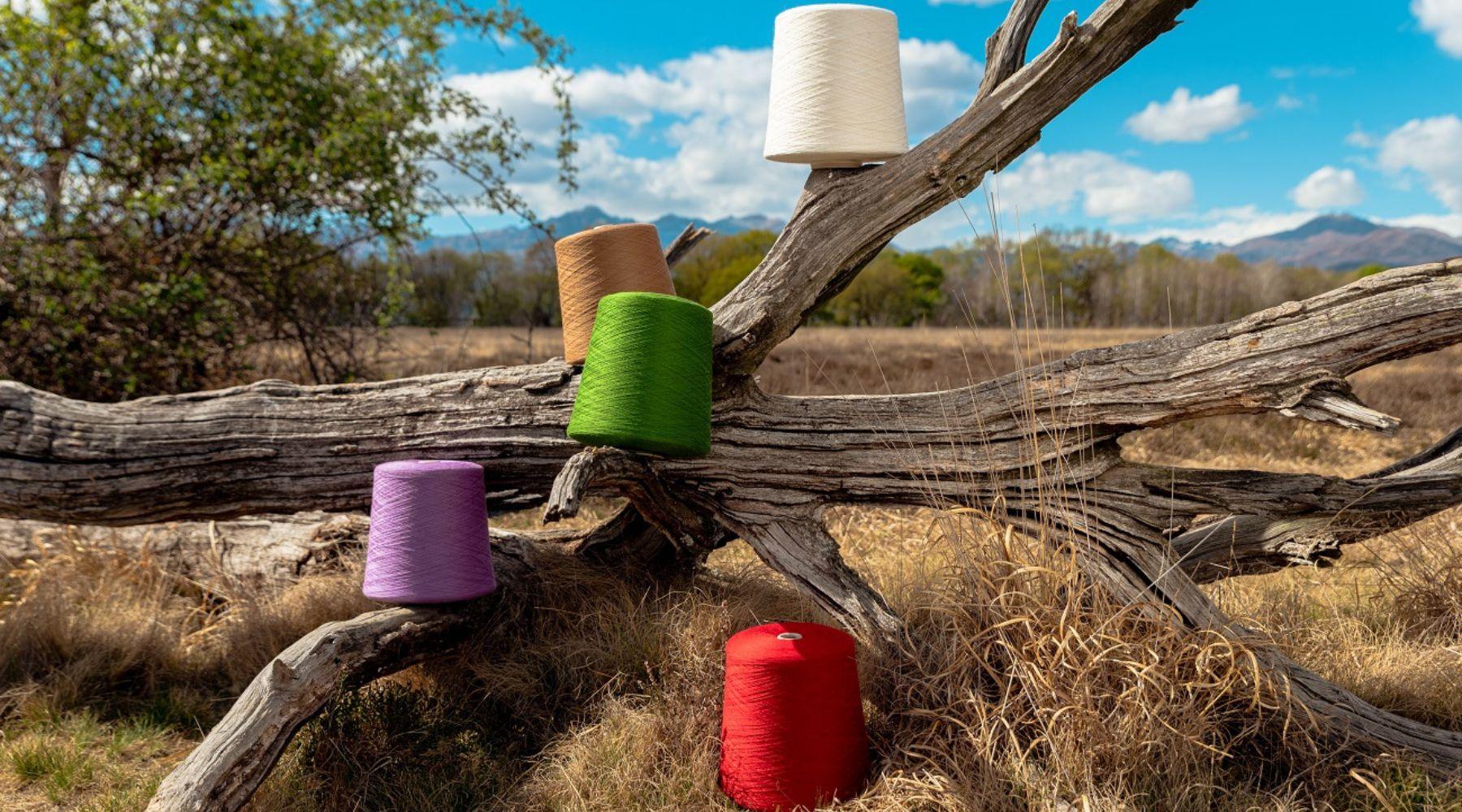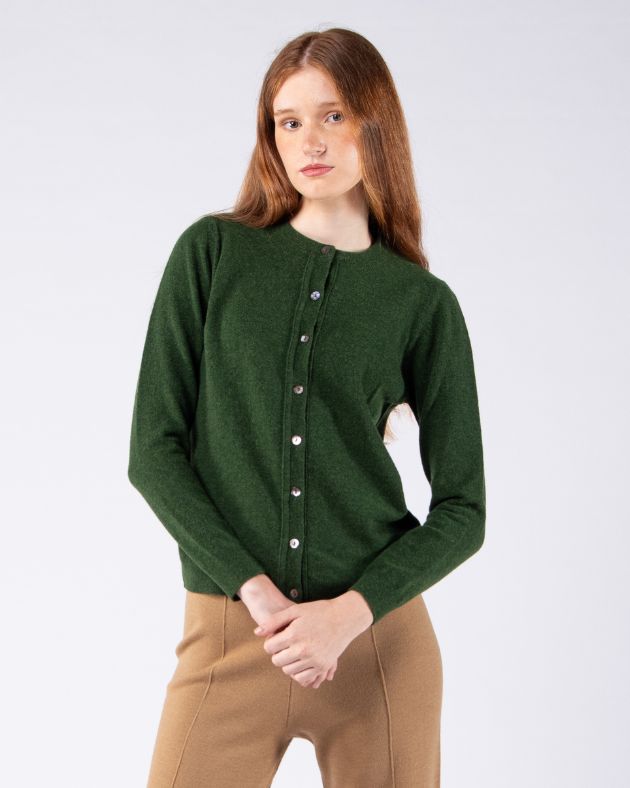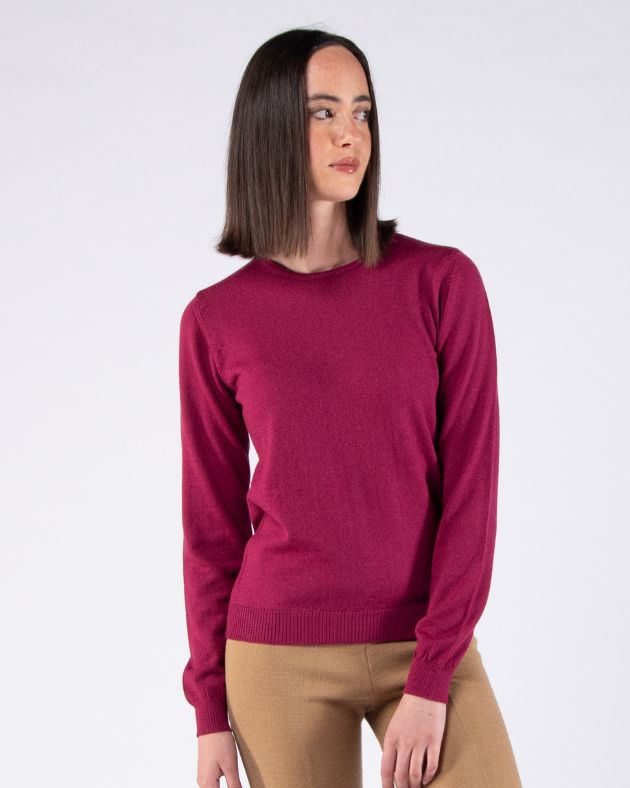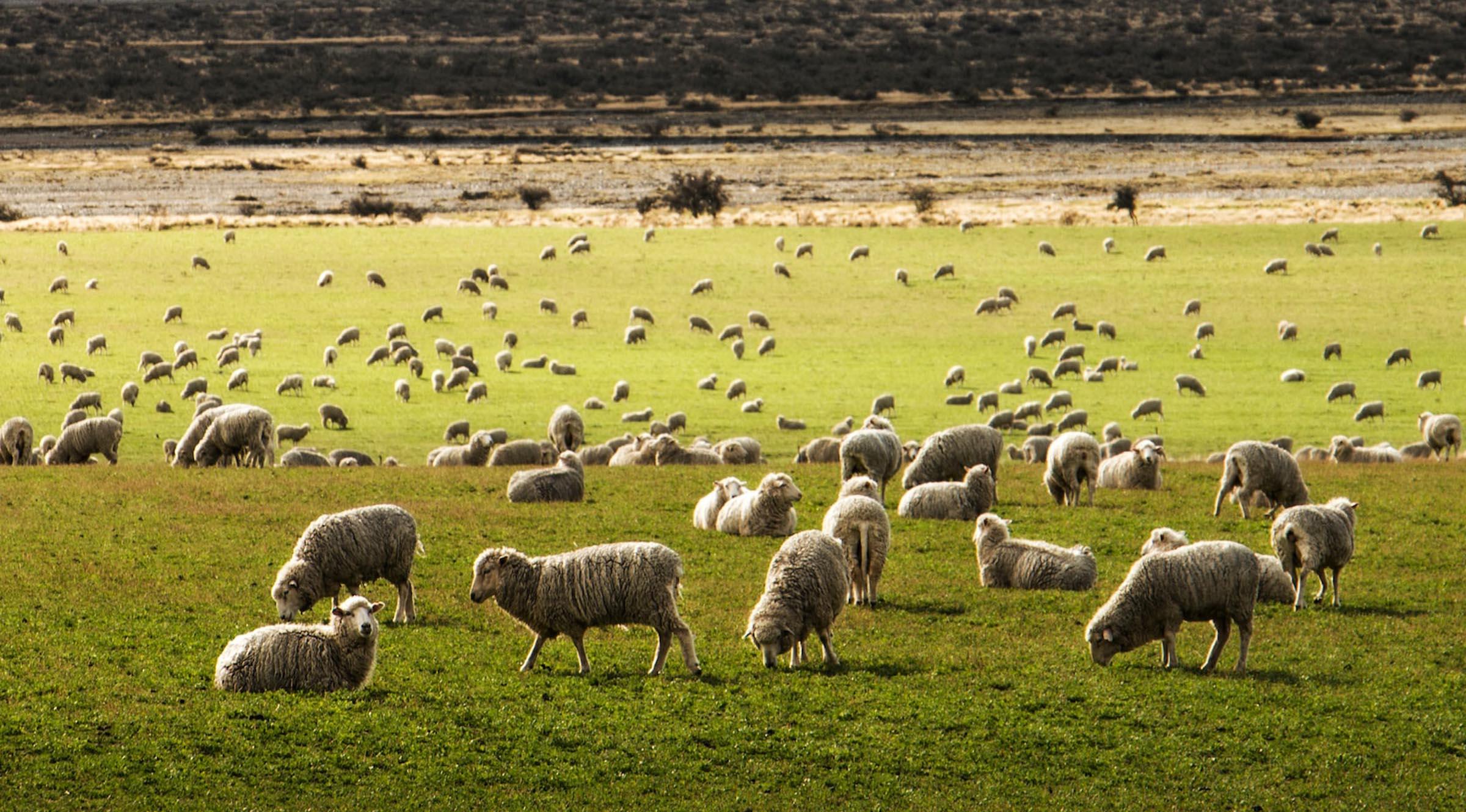
The benefits and advantages of using Merino wool
Merino wool is a raw material that has won the hearts of fashion enthusiasts and comfort lovers all over the world. Originating from Merino sheep, this natural fiber is widely known for its remarkable hypoallergenic properties and incredible ability to regulate body temperature.
Merino Wool: What Makes It Special
Merino wool is extracted from the Merino breed of sheep, known for its soft, high-quality fur. Merino wool fibers are finer and more delicate than other wools, making them incredibly soft to the touch. This makes it ideal for underwear, sweaters, coats and a variety of garments.
Hypoallergenic properties
One of the greatest advantages of Merino wool is its hypoallergenicity. This wool is naturally resistant to dust mites and other common allergens that can trigger allergic skin reactions. Its softness also makes it less likely to cause skin irritations, making it an excellent choice for people with sensitive or allergy-prone skin. Even those who normally avoid wool due to discomfort often find Merino Wool a pleasant exception.
Body Temperature Regulation
Another remarkable feature of Merino wool is its ability to regulate body temperature. This fiber has natural thermoregulatory properties, which means it helps keep the body warm when it's cold and cool when it's hot. It's as if Merino Wool had a built-in thermostat. When worn in layers, it creates an insulating barrier that keeps the heat close to the body, without leaving it feeling overheated. This natural temperature regulation makes it perfect for use during all seasons.
Other advantages of Merino wool
In addition to its hypoallergenic and temperature-regulating properties, Merino wool offers other advantages:
-
Odour resistance: Merino wool has the ability to neutralize odours, which means you can wear it for longer between washes.
-
Wrinkle resistance: Merino wool fibers have a natural memory, which helps prevent wrinkles and keep your clothes looking tidier.
-
Durability: Merino wool is known for being resistant and durable, making it a long-term investment.
Text: Filipa Achega
Photo: @filivivi









Leave a comment
This site is protected by hCaptcha and hCaptcha's Privacy Policy and their Terms of Service apply.